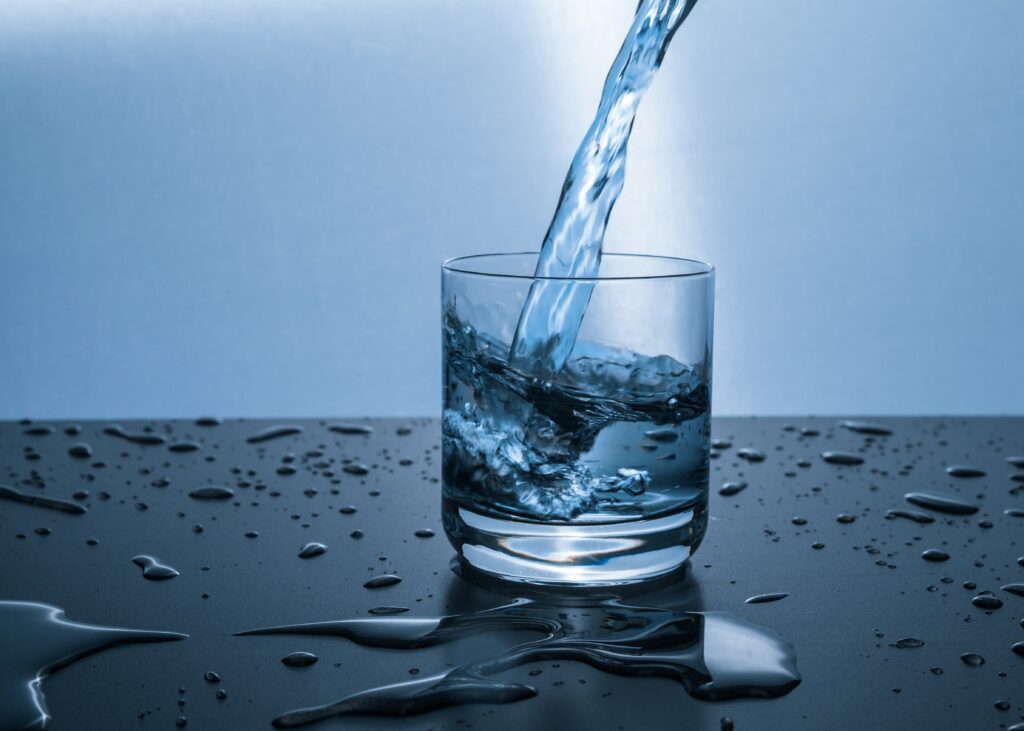
How Essential Is Tap Water
As a child, you may have debated how many days you could go without eating. Fasting is often done for cultural and religious reasons, but when it comes to water, there’s no point pushing the limit. It’s often reported that a human being can only go about 3-4 days without water as dehydration can occur quickly. There’s always variables but depending on the weather or the person’s condition, lack of water for 3 days can cause organ failure. That’s why accessibility to water and ensuring our tap water is clean is imperative.
Water clearly is one of the most essential natural elements in the world. It makes up about 60% of the human body and covers about 71% of the world. Very impressive. Unfortunately, we’ve seen what pollution and contamination has done to the oceans and the sea creatures. Microplastics and chemical contamination have infected the ocean life and therefore we’ve contaminated ourselves right back.
Contamination In Water
The contamination has even spread to our drinking water which affects every human being on the planet, the plants and the animals that come in contact with the water.
It may seem overwhelming all the contaminants we must look out for. Many people go on day by day thinking the food in the markets are clean and non-toxic and the water that we wash ourselves with and clean our dishes with must be somewhat clean but often times like in the Flint tap water crises, we find that the sad truth is we must be our own advocates. We must do the research, test, inspect, demand change and find out what is working or not working for the health of yourself and your family.
How to Detect Clean Water
In this article, I’d like to provide 7 Quick Tips on what to look out for when detecting “clean” water to ensure you’re reducing water contaminants.
- Check out Local Water Quality Reports
- Municipal water suppliers are required to submit annual water quality reports to consumers. The reports typically illustrate the contaminants (bacteria, heavy metals, etc) observed in the water supply and their levels.
- At Home Testing Kits
- There are several commercially available at-home tests for water quality. These tests can test ph and contaminants in water like lead, bacteria, chlorine, pesticides etc.
- Odor & Taste
- A very important indicator. Typically an “off” smell, musty or just plain “not right” taste could indicate presence of bacteria or organic matter. It can suggest some sort of contamination is occurring. On the flip side, a “chemical” taste can indicate water treatment with a disinfectant like chlorine.
- Appearance
- If the water appears cloudy or discolored this may be a sign of sediments like minerals but possibly microbial contaminants. Brown and orange water are usually signs of rust from pipes.
- Water Pressure
- It’s important to look out for differences in water pressure as a change can indicate a leak or issue with the water system. This could potentially cause contaminants to get through.
- Visible Particles
- If you notice visible particles in your drinking water these sediments may be contaminants and impurities. Do not drink water with debris.
- Boiling Your Water
- Boiling your water can kill bacteria and remove solids but it cannot kill chemical contaminants such as chlorine, lead, fuel, toxic contaminants or radioactive materials. Bottled water is the suggested source of water you should consume if you suspect any of these contaminants in your drinking water. The local health department must be notified of the potential contaminants.
Part Two On Water Supply Quality: Flowing Clarity: A Deep Dive into Tap Water Quality
References:
https://education.nationalgeographic.org/resource/marine-pollution/
https://www.medicalnewstoday.com/articles/325174#how-long-can-you-live-without-water
https://www.cdc.gov/healthywater/emergency/making-water-safe.html





You must be logged in to post a comment.